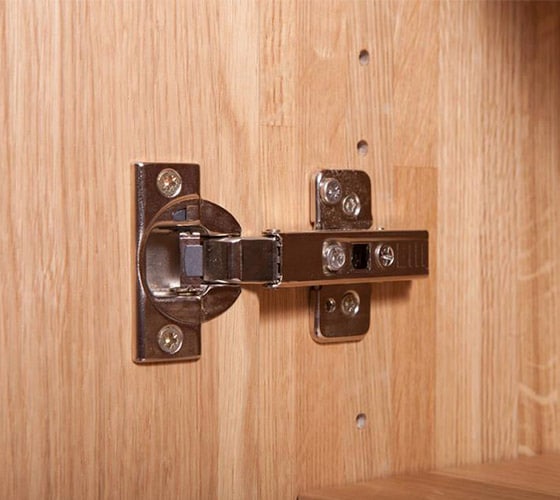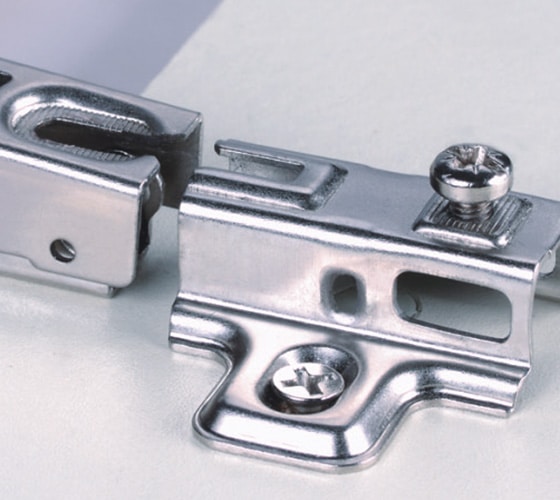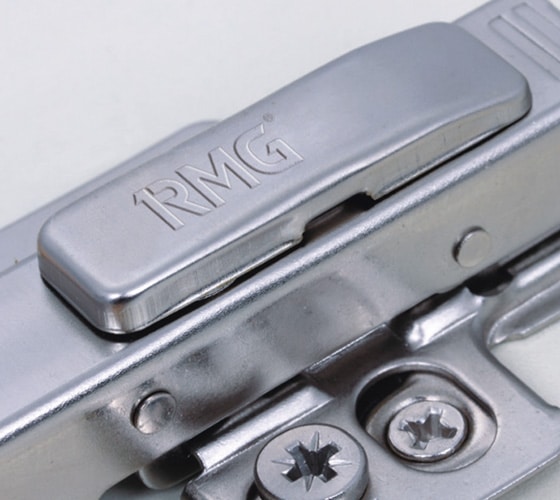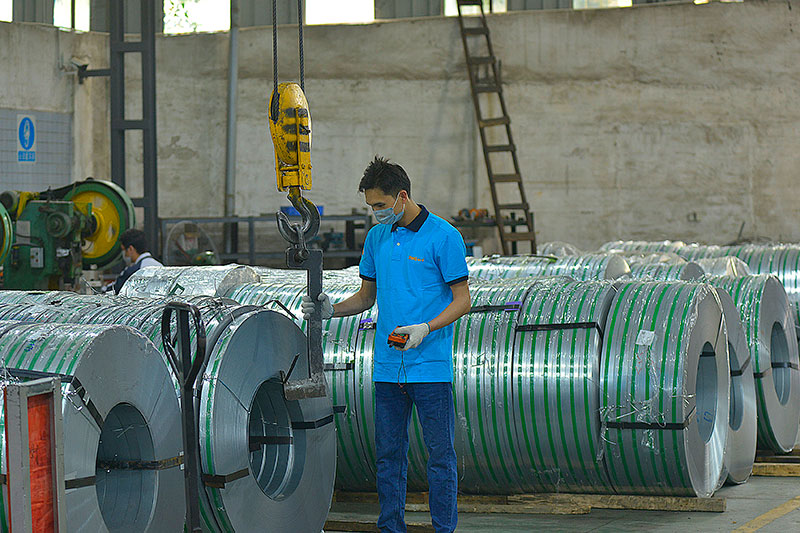Hinges for Cabinets are everywhere in our daily life and they are critical in keeping our kitchen cabinets, cupboards or wardrobes working properly. They come in various types, finishes, and different features. However their production process is similar.
In this post, we will walk you through the materials used to make hinges and the complete process of hinge manufacturing, so that you know what to look for when sourcing for hinges.




